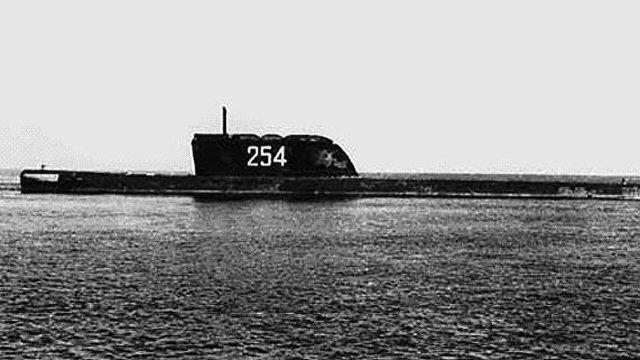MOSCOW, 2 Sep-RIA Novosti. The Soviet nuclear submarine K-19 has experienced many accidents, because it was the first in its class, a lot of systems on the new submarine just had to be worked out, Admiral Vyacheslav Popov, commander of the Northern Fleet (1999-2001), explained to RIA Novosti.
Earlier, the head of the "Centrospas" detachment of the EMERCOM of Russia, Yevgeny Linitsev, said that a container with a nuclear reactor of the K-19 submarine was found at the burial site of radioactive waste in the Ambrosiev Bay in the Kara Sea. An expedition is currently underway there to search for submerged underwater radioactive objects.
"This submarine was one of the first of this project, and when the first boats go, there is always a potential probability of some accidents higher than on serial boats, say, not of the first, second, or third hulls, but further on. Then the experience of operating the first submarines is already taken into account," Popov said.
He stressed that the K-19 was not only the lead submarine of the 658 project, but in general belonged to the submarines of the newest class at that time. Before it, ballistic missiles in the USSR were placed only on diesel submarines.
According to him, the submarine, launched in 1959, served until 1990, it was regularly repaired and extended its service life.
Speaking about why the submarine's reactor was buried in the Kara Sea, the admiral noted that in Soviet times, the flooding of nuclear reactors was considered a relatively safe procedure. In addition, technologies for reprocessing spent nuclear fuel simply did not exist at that time.
According to the ideas of that time, the admiral noted, " over time, all this will come to a safe state."
The K-19 nuclear submarine of Project 658, the first Soviet nuclear missile carrier, can be called "infamous". The reactor accident in 1961 claimed the lives of eight crew members. In 1969, K-19 collided with the American submarine Gato under water. A fire on board in 1972 killed 30 people. For numerous accidents, the boat received the nickname "Hiroshima"in the navy. She was decommissioned from the fleet in April 1990 and disposed of.

